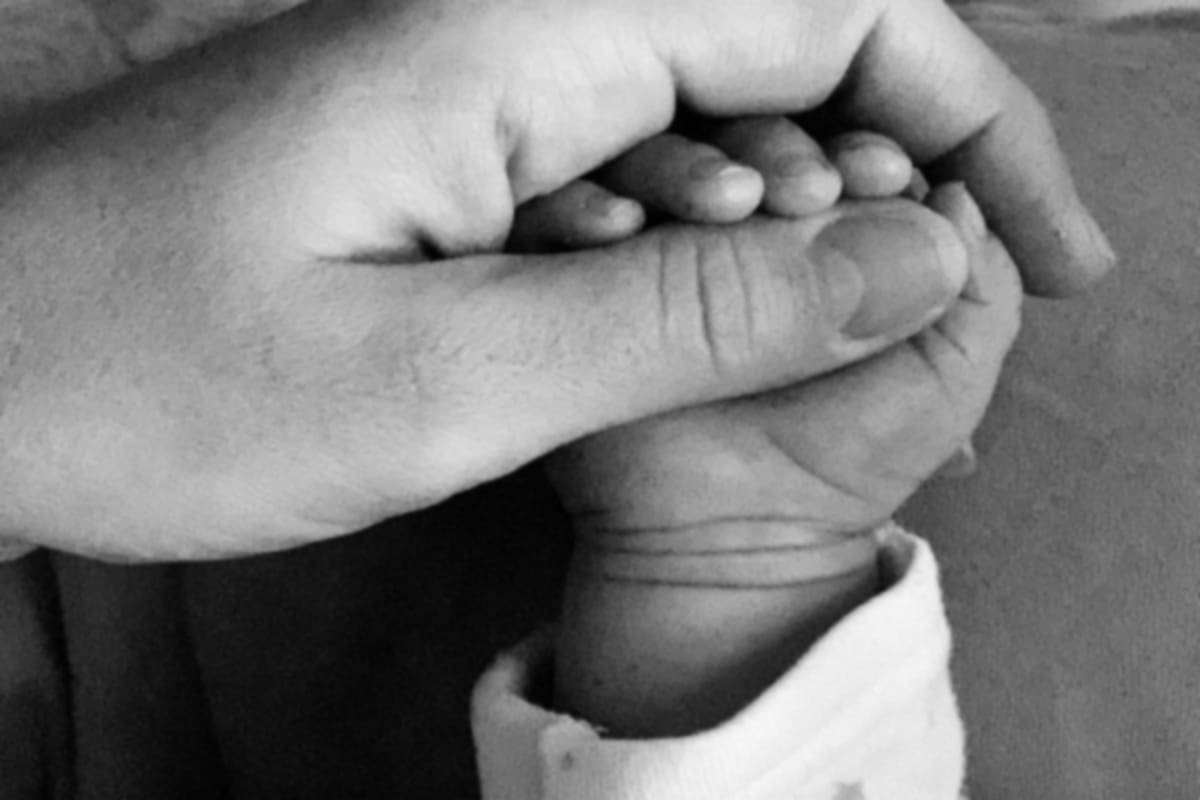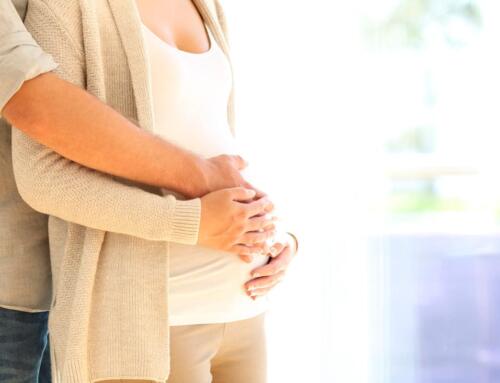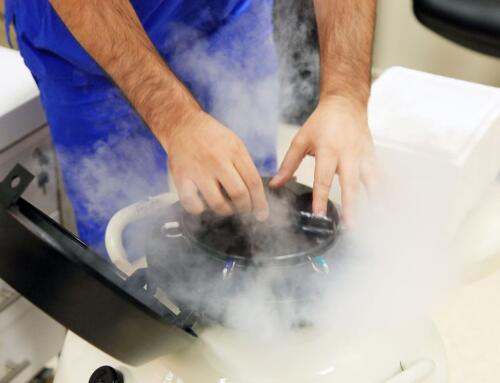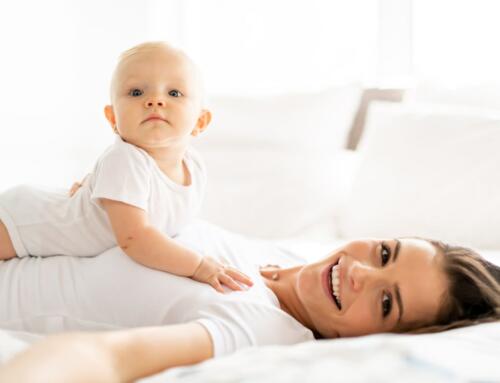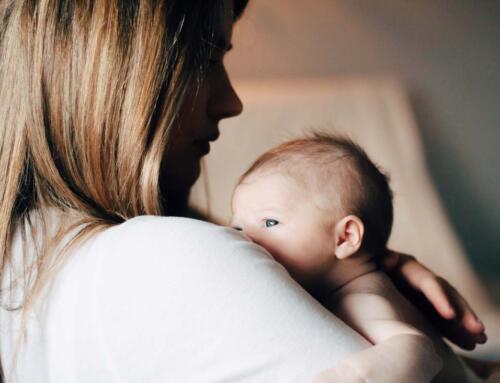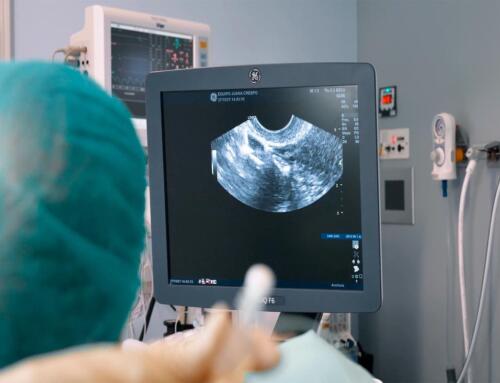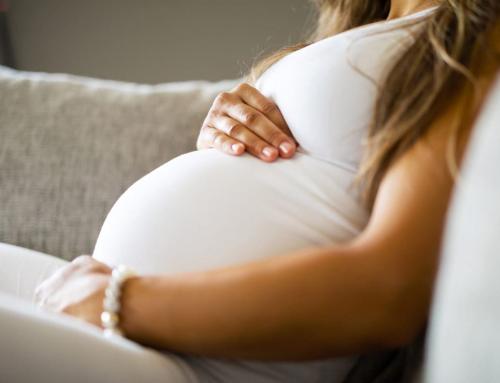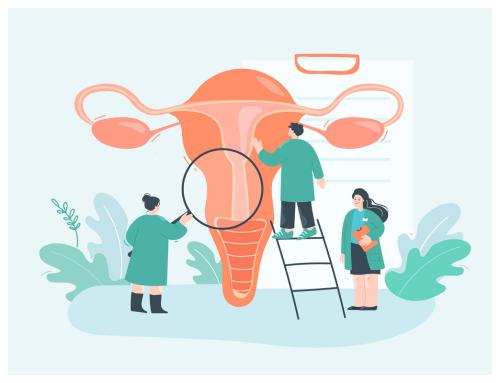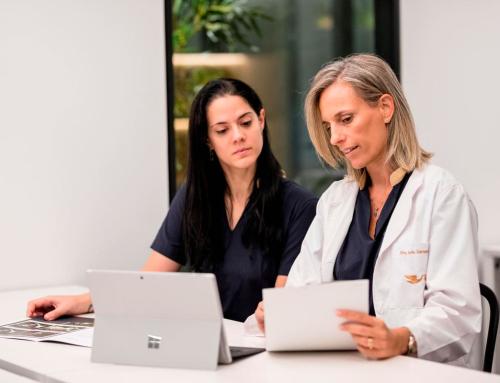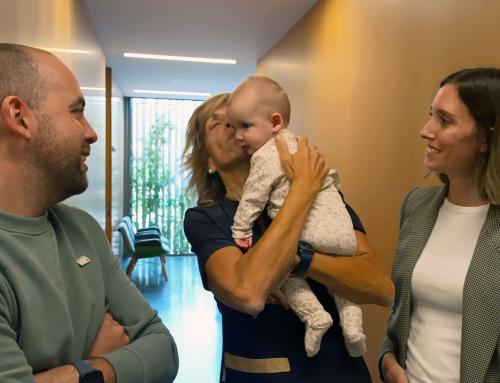We all know that a good decision can change your life. This is certainly the case for Raquel, 40, part of a generation that grew up normalising menstrual pain. Fifteen years ago, inspired by her mother, she took an extremely brave decision without knowing that today, many years later, it would be the best decision of her life.
“Thanks to my mother and her unconditional support, I was smart, I PLANNED AHEAD, LIVED MY LIFE, AND TODAY, 15 YEARS LATER, I AM A MOTHER.”
A lifetime of pain
Every month since she was 14, Raquel has experienced extremely strong pains and strange bleeding. However, no one is alarmed because, even for modern gynaecologists, menstrual pain is normal. Something that will pass naturally when she becomes a mother.
She knew something wasn’t right. She couldn’t live a normal life. Not only was she in pain when she had her period, but about a week prior, Raquel was in so much pain that it, along with the painkillers, would make her life difficult.
Aged 20, with the unbearable pains and the initial, rare cases of bleeding, Raquel started to experience extensive bleeding. She underwent an operation and was found to have a very severe endometriosis that had caused two sizeable cysts (7 and 4 cm) and the endometriotic tissue had also stuck to the tubes and obstructed them.
After the operation, Raquel took medication to try to control the disease using contraceptives. However, the pain didn’t stop and aged 26, the same gynaecologist told her that she had to undergo surgery again.
“Endometriosis is a chronic, invasive, and progressive disease. It is hormone-dependent and acts during a woman’s fertile period. The only way to mitigate the progression of endometriosis is to control menstrual cycles, hormone production, and give your reproductive system a rest” explained Dr Crespo
Eradicating the disease without eradicating fertility
At the time, Raquel was 26 and had just finished her degree in the health field. Her job involved contact with gynaecologists, etc. Thanks to her professional background and her mother, also a nurse, she decided to ask for a second opinion and seek advice from Dr. Crespo.
She had to decide on how to deal with her endometriosis and asked what the difference was between Dr Crespo’s opinion on her treatment and her gynaecologist’s?
“There’s a huge difference,” Juana explained. Gynaecologists focus on eradicating the disease while reproductive gynaecologists focus on preserving fertility.”
“This moved the posts for me. I had barely one-fifth of my left ovary and one-third of my right ovary remaining. The new operation to remove the cyst that had grown over the years would have meant that I’d have been left without ovaries at the age of 26 and would not have been able to have children,” Raquel recounts
Guided by Juana Crespo, Raquel began pharmacological treatment to eliminate the cyst and underwent 4 very controlled stimulations from which she obtained 11 high quality oocytes.
“Raquel was a very smart, very brave woman. Egg vitrification is now a well-known and well-established technique in private clinics. However, 14 years ago, when Raquel came to see me, it was completely unknown. We were beginning with a technique that we strongly believed: oocyte vitrification. Until then, slow freezing was used, where the survival of the oocytes upon thawing was very low. Both Raquel and I thought it was the best option” the gynaecologist explains.
I planned fertility: A 14-year strategy
After the stimulations, Raquel continued with a contraceptives-based treatment, with the controls and with the life she had chosen. She focused on her career as she had wanted, lived abroad, and settled outside Spain until she felt that the time had come to start a family with her partner.
Her vision was to prepare her body to become a mother by changing her lifestyle habits. I diet not only to lose weight, but also for purification and to lower any inflammation. This change produced not only physical results, but also mental and emotional. When she felt ready, she got back in touch with Dr Crespo and with her eggs that had been stored for 14 years.
“When the time came, the first thing I did was to return to Spain and visit Dr Crespo’s office. She knew me extremely well. If anyone was able to help me become a mother without my endometriosis getting worse, it was her. I was in a really positive frame of mind, and knew I was in the right place to become a mother”
A good result, but not the end
Despite her treatment, Raquel’s endometriosis progressed. The tubes blocked 14 years ago are now causing hydrosalpinx.
In addition to multiple endometriotic foci, the area closest to the bowel was significantly affected, which caused her problems going to the bathroom and bowel pains. Dr Norman Gómez performed a laparotomy with hysteroscopy and began her treatment.
9 of the 11 frozen oocytes survived. Four months after her reunion with Juana and her team, Raquel’s beta is 452 mIU/mL.
A few weeks ago, Raquel came to see us again with her baby who was born in November. She visited for two reasons: first, to introduce us to Sandra, a beautiful little girl. Second, she’s aware that while breastfeeding, prolactin will slow the progression of the endometriosis, but she knows her disease has not gone away. It remains dormant until she ovulates again. She wants to have more children, and again needs a strategy.
Raquel returned to London with a personalised treatment plan until she’s ready to transfer another wonderful embryo awaiting her, now resting in the Equipo Juana Crespo clinic laboratory.


